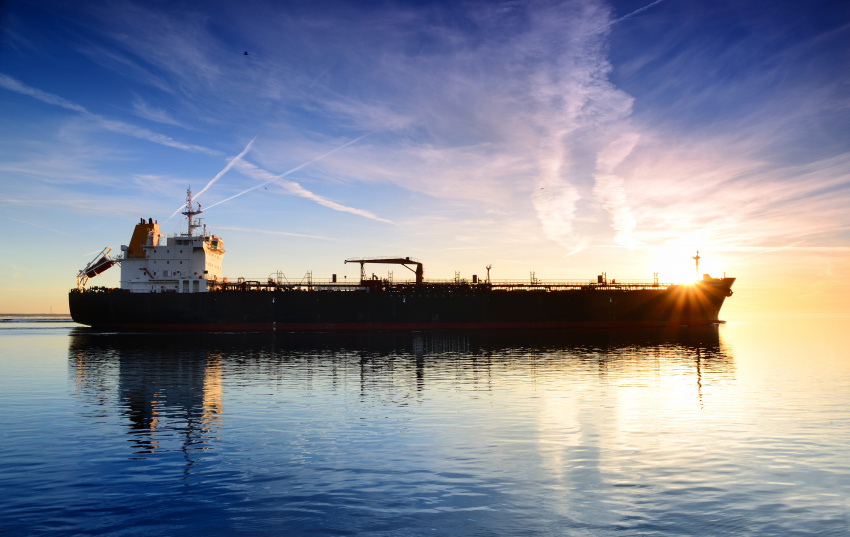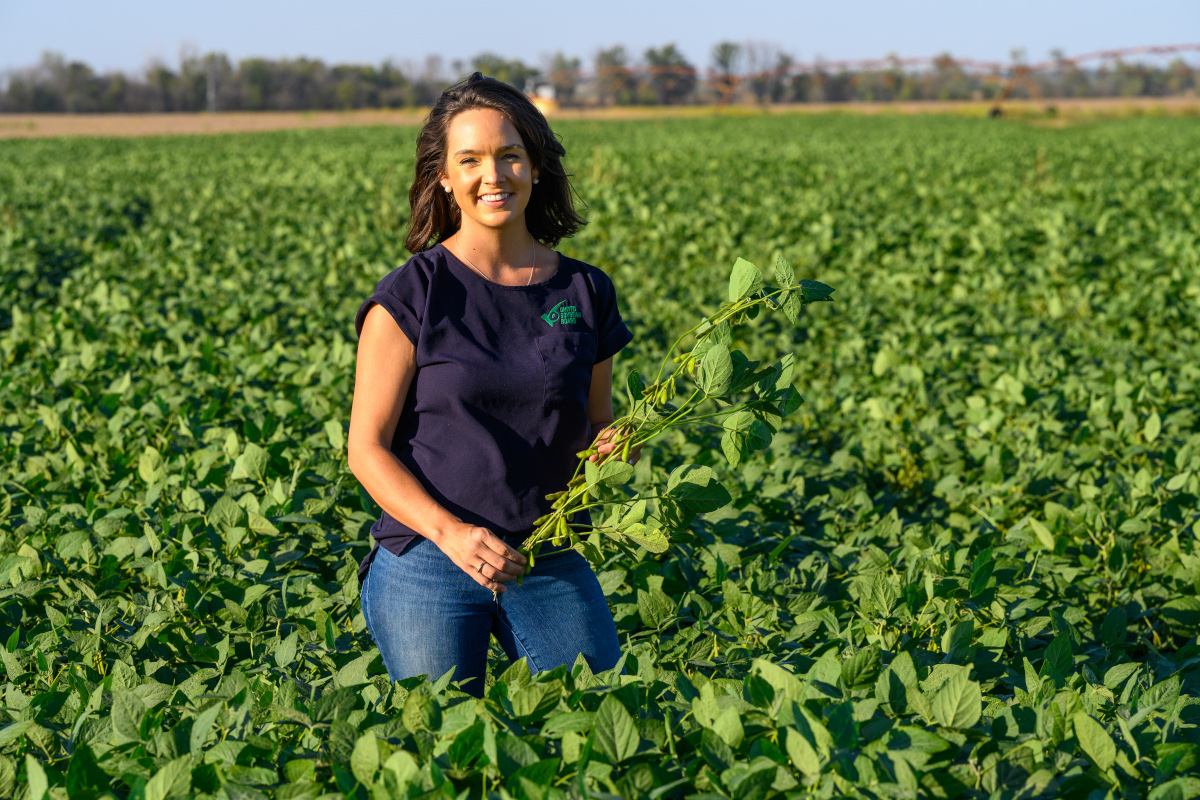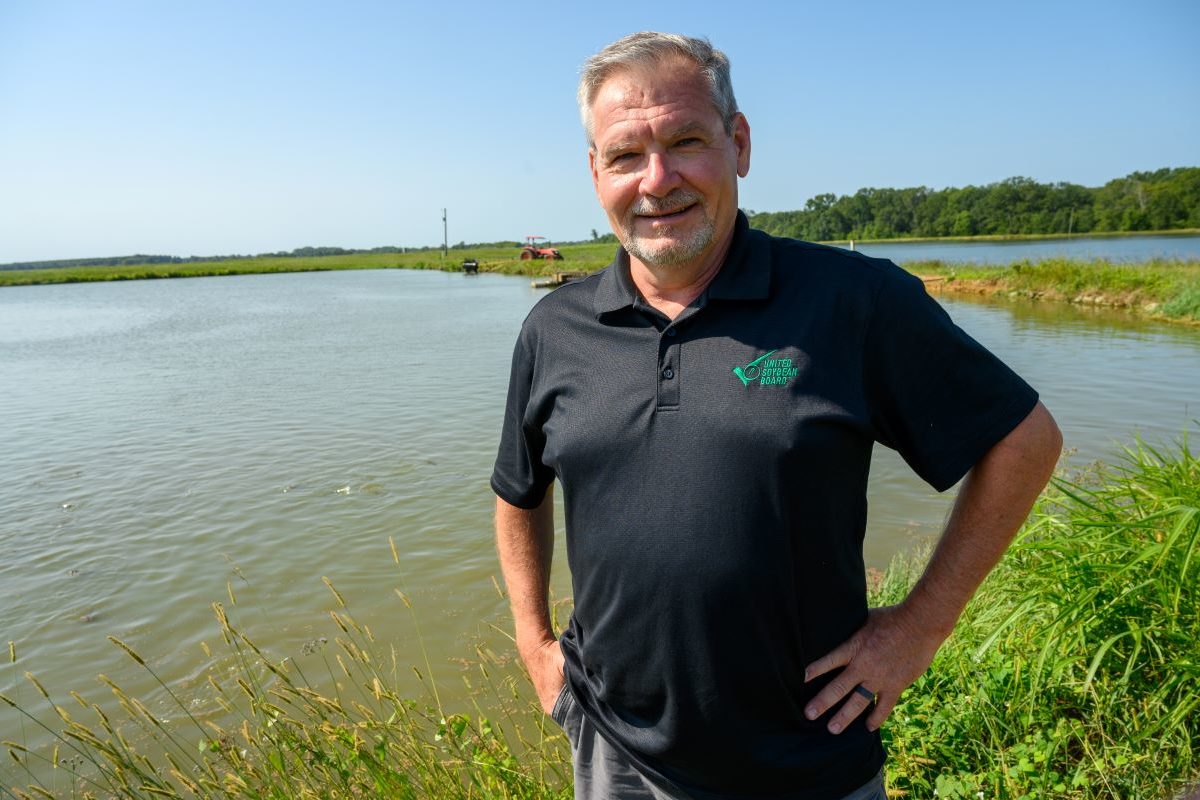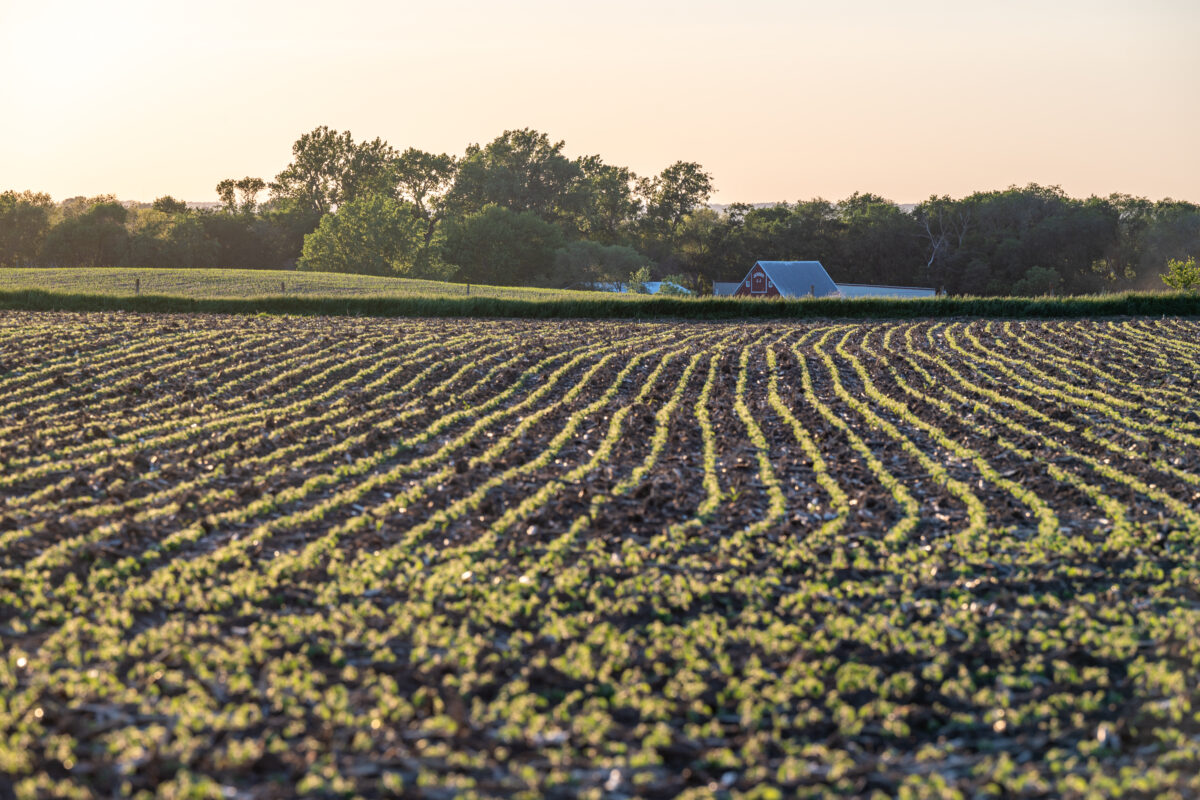Maintaining the Channel to Maintain Our Advantage

Your checkoff investment is hitting the bottom of the Mississippi River. It’s not hidden treasure — your contributions will help bring a return on investment to the U.S. export economy.
The soy checkoff, American Soybean Association, U.S. Soybean Export Council and Soy Transportation Coalition saw an opportunity to build an advantage for U.S. soybeans moving on the Mississippi to export markets. And other U.S. exports could benefit too, all by deepening the lower Mississippi River by 5 feet. These groups worked together to contribute to the planning, analysis and design so the dredging project could begin this summer. The success is going on film.
The checkoff recently produced a documentary featuring some key players involved in making the dredging project come to life. Sean Duffy, executive director of the Big River Coalition; Paul Aucoin, executive director of the Port of South Louisiana; Captain Michael Miller, president of the Associated Branch Pilots; and soy checkoff farmer-leader Mark Seib all spoke on the benefits of the dredging project.
What 5 Feet Means to U.S Soybean Farmers
Soybean farmers may wonder how 5 feet can make a difference to them. According to research commissioned by the Soy Transportation Coalition, deepening the draft of the lower Mississippi River 5 feet from 45 to 50 feet will provide over a $4.60 million boost to soybean revenue.*
“The Corps and Louisiana Department of Transportation had to do a general reevaluation report. That report looked at the economics of increased trade, increased draft and the ability to ship deeper cargos and said there’s a benefit-cost ratio of 7.2,” Duffy explains. Duffy leads the Big River Coalition that works to preserve the Mississippi River Ship Channel. “So, every dollar invested has a return of $7.20 on that investment. This project will pay for itself in two years. That’s huge.”
While Duffy’s figure encases the shipping industry as a whole, Seib, who raises soybeans in Indiana, reiterated the benefit to soybean farmers.
“For the American farmer, being able to have this dredging project completed should bring basis to their soybean price. It should also bring a better price,” Seib says. “It could add maybe 5, 10 cents even to their basis and everything. So, it’s a huge plus all the way down the channel.”
More information on how farmers in your state will benefit from this work can be found here.
Maintaining the U.S. Competitive Advantage
The U.S. inland waterways system, coupled with the number of U.S. ports, allows the U.S. to be a top contender in the world when it comes to agricultural exports. At the same time, the transportation advantage only works when the system works reliably. The U.S. is beginning to see effects of lost business due to improper maintenance of those resources.
“We’re coming in at No. 2 or No. 3 instead of No. 1,” Duffy asserts. “Our goal is always to be No. 1.”
The U.S. has the most miles of navigable waterways and the largest agricultural land in the world, both connected, according to Duffy.
“If we don’t maximize those benefits, we lose the ability to maximize our potential,” Duffy continues. “We’re talking about American jobs. We’re talking about stimulating the economy. Much of our economic success as a nation depends on what happens on that river.”
How can the U.S. get back on top of the export game? The responsibility isn’t just on local authorities.
“It’s a United States of America issue, not a Louisiana issue,” Aucoin says.
When there is a depth restriction at the mouth of the river, it affects the cost of transporting that cargo all the way up the river. If the Mississippi is shallow, the U.S. loses its competitive advantage.
“We want to be competitive,” says Aucoin, who has led the Port of South Louisiana since 2013. “That’s what this [dredging] will do. It will maintain our competitiveness in the whole world, and that’s important. We need to get the river down to 50 feet and keep it there.”
This Is Just the Beginning
Fortunately, work began in 2020 to dredge the first phase of the river. This phase will help the U.S. maintain its advantage over top soy competitors around the globe.
Now, it’s important to keep the momentum going to dredge the rest of the 256-mile stretch and stay on top of maintenance in the years to come. Without continuing regular upkeep and improvements, the U.S. could lose out.
“We’ve seen a lot of equipment moved down to Brazil and Argentina. Eventually, these big conglomerates, they’ll go put their infrastructure someplace else,” says Miller, who began working on the river in 1986.
“We’ve got to stay on top of this, and I think this 50 feet is going to help us be very competitive price-wise with those companies,” Miller concludes.
Through their checkoff investments, U.S. soybean farmers are contributing to lowering the bottom of the Mississippi River. In fact, the state of Louisiana has recently completed the contract for the project.
Phase 1 of the federal infrastructure project officially kicked off July 31, 2020. The Cooperative Endeavor Agreement allows the Louisiana Department of Transportation and Development to use $2 million in soy checkoff funding allocated in 2019 for the dredging project. Checkoff funds are to be utilized for the planning, design and research costs associated with the next two phases, which include pipeline relocation and dredging from Mile 154AHP to Baton Rouge.
Watch the documentary to learn more about how these contributions will be a tide to raise the boats of all U.S. soybean farmers.
* https://www.soytransportation.org/newsroom/STCLowerMississippiRiver50-FootDraftStudy.pdf



